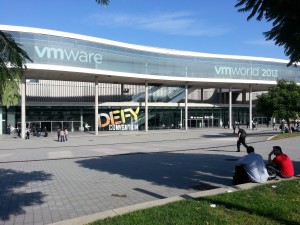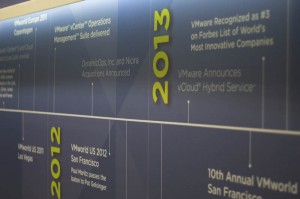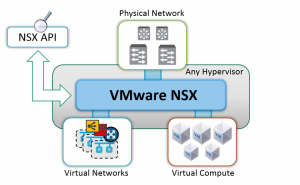 Summary: Pluralsight are an online training provider who offer a comprehensive and cost effective selection of training courses for a monthly fee, with no lengthy commitments. Having used the service for the last few months I’d recommend it.
Summary: Pluralsight are an online training provider who offer a comprehensive and cost effective selection of training courses for a monthly fee, with no lengthy commitments. Having used the service for the last few months I’d recommend it.
PluralSight offer online-only training for technology professionals. They recently hit my radar for two reasons – they acquired the well known training provider TrainSignal, and they offered a years free subscription to vExpert’s. Prior to the TrainSignal acquisition their audience was mainly developers but they now have a good (and growing) series of infrastructure content too. Being a vExpert, this has been an unexpected perk and eventually prompted this blogpost.
The course catalogue is available online so if you’re in the market for training check it out. On the cloud computing front there’s quite a bit of good content (search the catalogue for cloud to see a full list);
- vendor neutral courses covering topics such as cloud basics, REST, patterns of cloud integration, CompTIA cloud
- some good AWS content including a great introduction to building distributed systems (covering many AWS components such as EC2, EBS, S3, VPS, CloudWatch etc) by Richard Serroter
- quite a bit of (TrainSignal acquired) VMware content, including three vCloud Director courses (v1.5, v5.1, and one about organisations in particular). Nothing about vCHS yet! Authors include Jake Robinson, Chris Wahl, and David Davis
- There’s also plenty of MS focused content including Hyper-V, using System Centre 2012 for private clouds, plus Azure fundamentals. Authors include Elias Khnaser & David Chappell
- Google Cloud also gets some coverage from Lynn Langit
Not all categories get such good coverage though. For instance there’s only one Oracle course (which is actually about optimising SQL queries in databases, so not Oracle focused) whereas MS SQL Server gets 49 courses (and incredibly MS Sharepoint gets over 80)! Inevitably some courses are pretty out of date (XenDesktop 4, vSphere 4 etc) because someone, somewhere, might still need it and once the content exists why remove it? The quality of the courses does vary but most of the ones I’ve seen are pretty good.
Being online only they need to offer choices for user access, and they do. I’ve used Android (phone and tablet) and web access both Mac and PC) plus there’s also an iPad app and even a Windows mobile client (only some devices supported I gather). Your viewing history is retained centrally meaning you can switch devices seamlessly – start watching a course on your tablet on the train then switch to your desktop and continue where you left off when you reach the office. There’s also a variable speed option which is great for courses where you need a refresher or where your brain works faster (or slower!) than the speaker’s usual pace. Offline viewing is available but only on the higher priced subscriptions but if you spend significant periods of time ‘off the grid’ (which is getting harder with Wifi on some flights) then it might be worth the additional cost. I found downloading courses a bit variable – downloads has a tendency http://imagineear.com/pharmacy/ freeze but clicking Pause/Resume always kicked it back into life – just remember to check it’s fully downloaded before you lose internet access (yep, lesson learned).
NOTE: I’ve found that the offline courses don’t seem to update progress centrally even once you reconnect to the internet. This can be frustrating as I watch a course on my tablet and when I go online to finish it off I have to remember where I was. A minor niggle, not a showstopper. I also couldn’t get the offline courses to work on my Samsung S3 when I used full phone encryption but besides reinstalling the Pluralsight app I didn’t troubleshoot further so it’s not a definitive diagnosis.
NOTE: Another frustration – the mobile apps don’t seem to respect your screen lock options – the Pluralsight app rotates regardless. I wanted to watch courses while running and found this very annoying. Respect your user’s choices!
This kind of online, on-demand training is perfect for contractors who Continue reading Pluralsight training – is it any good?





